What Are The Best Ways To Recover From Muay Thai Training?

IF YOU CAN’T RECOVER, YOU CAN’T TRAIN & IMPROVE
From Muay Thai Guy

We’ve all had those weeks when our bodies are aching for days on end after a single hard session.
When you go back to the gym, you’re not able to give 100% because you’re still sore or your joints ache.
The bad news is that there’s no way to prevent soreness or accidents from happening.
The good news that is that on your end, you can do some things to help speed up recovery between each session. Here are some tips to keep your body in tip-top recovery form:
NUTRITION: YOU ARE WHAT YOU EAT
What goes into your body will always show during your training sessions. The quality of your food matters as well as the quantity(caloric intake). If you eat a lot of processed foods or unbalanced, it won’t give you the type of sustaining energy you need. It also won’t help you recover. And if you do have a “clean diet” but aren’t eating enough calories, it’s easy to underperform as well.
There are many online calculators ...
Is Having Sex Before a Fight a Good or Bad Idea?
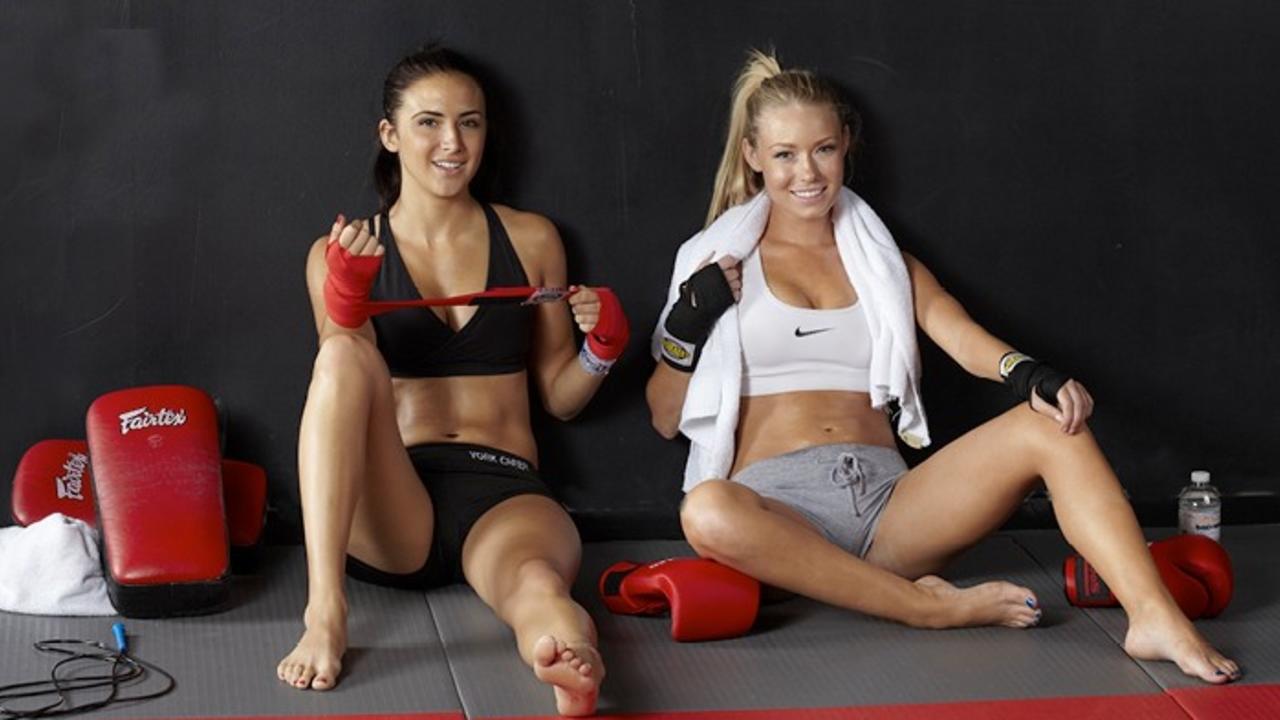
Is Having Sex Before a Fight a Good or Bad Idea?
From Muay Thai Guy

As a Muay Thai fighter and athlete, sex is a byproduct of the training you do.
Hours of long training leaves you with an irresistible body, fight posters are sexualizing your physique, and the glory of winning is as good as having a Lamborghini. However, there comes a time where you have to take things seriously, a fight is coming up and you want to be at peak performance, both physically and mentally. Whether you are a male or female, the question arises…
Is sex before a Muay Thai fight okay?
Or does it hinder my performance?
Let’s take a more serious, deep, hard look into whether the century old idea of sex before competition is detrimental to our game.
Muhammad Ali, the greatest of all time, mentioned how he abstains from sex before competition. There have been a number of fighters and athletes to make the same statement, mainly based on the idea that we want peak performance before competition.
Suppose...
3 Pieces Of Useless Advice Given To Fighters

“BRO, YOU WANT MY ADVICE?” – NOT REALLY, NO.
From Muay Thai Guy

“So, when’s your next fight? Do you know when you’re fighting next? When do you fight again?”
People just love asking fighters this question. Unknown to them, though, is the pressure they’re putting on the fighter! When you’re lucky enough to have been put on an upcoming card, that’s when you let people know. Usually, what follows after are pieces of advice, especially during training.
While most of it is coming from a good place, a lot of advice is pretty unfounded – and unnecessary, especially if you didn’t ask for it. Here are the top three (or maybe it should be “bottom three”) pieces of unwanted advice that fighters receive.
UNWANTED ADVICE #1: “Knock ’em out!”
KO’s are inevitable, but they don’t happen in every fight – not even close. This is usually advice that brawlers or people with little knowledge of the sport will offer, usually followed by “… in the first round!” Thanks for the tip, fella!
While knoc...
A Breakdown of Muay Thai Styles: Clinch Fighters
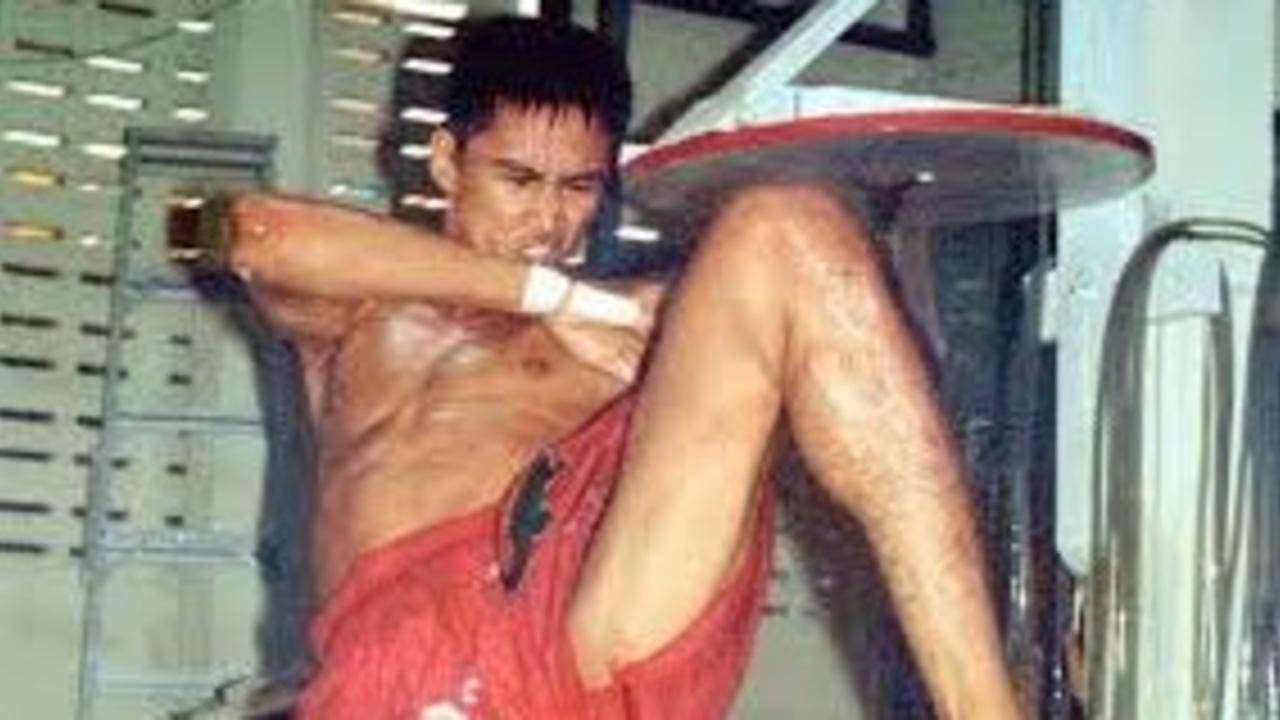
Muay Thai Styles – Clinchers and Knee Specialists
From Muay Thai Guy

An aspect of Muay Thai that is just as essential as being able to kick and punch is knowing how to clinch and knee.
Anyone who’s trained in a Muay Thai gym in Thailand will know that clinch practice is a daily part of training just like skipping rope or heavy bag work.
Two Muay Thai fighters of the past and present who dominate using the clinch are Dieselnoi and Yodwicha.
In this article I will try to give an explanation of what a clincher/knee specialist is in Muay Thai also known as Muay Kao or “knee fighter.”
What does it mean to be a “clinch” fighter?
Typically clinching and kneeing go hand and hand.
People with a boxing background tend to get confused when they’re introduced to Muay Thai clinching. In boxing, clinching tends to be a defensive position used to conserve energy rather than expend it. In Muay Thai it’s the total opposite. Clinching is an all out attack mode where each person is battling for...
The Do’s And Don’t Of Checking Leg Kicks in Muay Thai
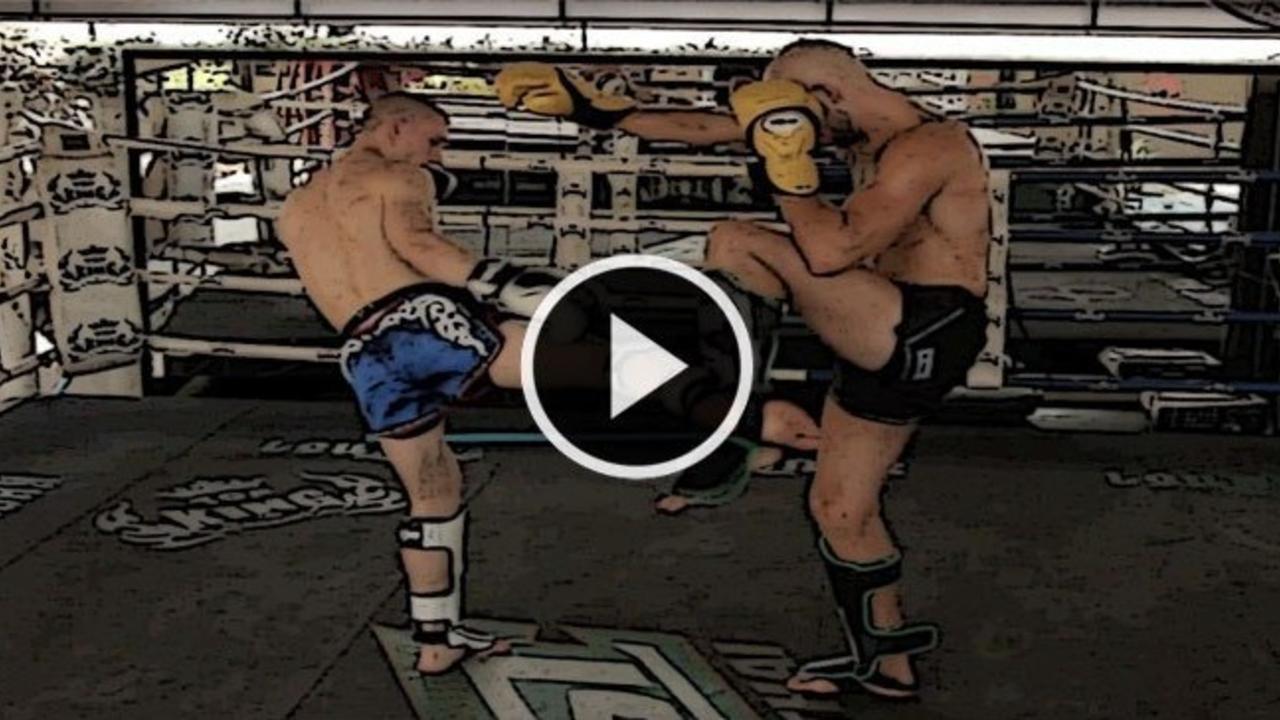
Pro Fighter Paul “the Reaper” Banasiak Explains Common Mistakes and Tips for Checking Kicks
From Muay Thai Guy
Fighting is flow. Positioning enables the flow.
It is a flow between offense and defense, and what enables this flow is positioning. If your posture is off when you’re parrying a punch, your countering well be slow. Your positioning is what enables the fluidity of your movement. Imagine a powerlifter who starts his deadlift with a rounded back. He will be slow off the ground and he will be even slower as the bar moves up.
Consider deeply how each position connects to another. Consider how you will flow from a check to a counter roundhouse kick, from a parry to a rear straight. Learning to flow from position to position is learning how to pass the baton. If you’re in a 4 x 100-meter relay, don’t know how to pass the baton, and end up dropping it, you’re screwed. However, if you do know how to flow from position to position, your speed will improve ten-fold just as learning ...
3 "Simple" Muay Thai Sparring Tips ALL Students Should Know
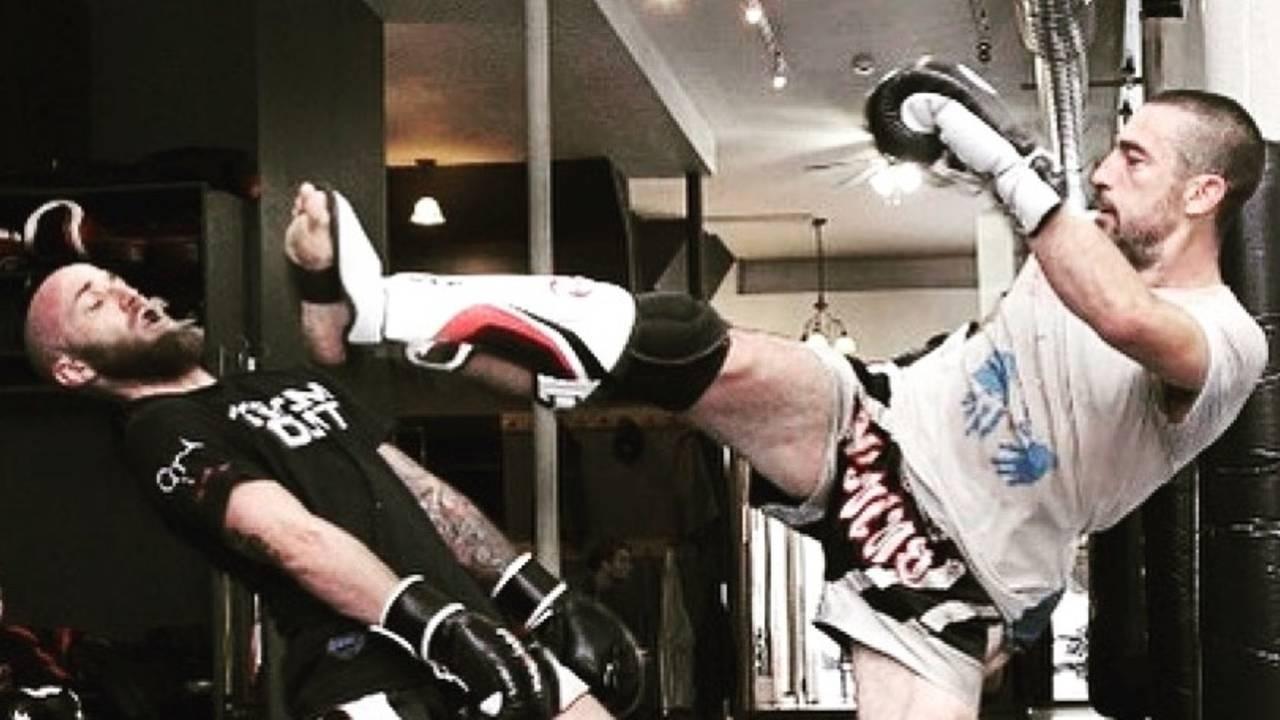
Everyone Should Know These KEY Muay Thai Sparring Tips, Drills and Strategies
From Muay Thai Guy

“The combatant should be alive in sparring, throwing punches and kicks from all angles, and should not be a co-operative robot. Like water, sparring should be formless. Pour water into a cup, it becomes part of the cup. Pour it into a bottle; it becomes part of the bottle. Try to kick or punch it, it is resilient; clutch it and it will yield without hesitation. In fact, it will escape as pressure is being applied to it. How true it is that nothingness cannot be confined. The softest thing cannot be snapped.”
– Bruce Lee
Getting nervous about sparring for the first time?
Make sure to read my 10 Muay Thai sparring tips for beginners – A checklist for your first spar!
Muay Thai Sparring Tip #1: Have A Game Plan
Way too often I see fighters go into sparring sessions without any sort of strategy. Most fighters just step into sparring without any tactics, strategies or game plan of any ...
Ultimate Hip Flexibility Tips For Muay Thai
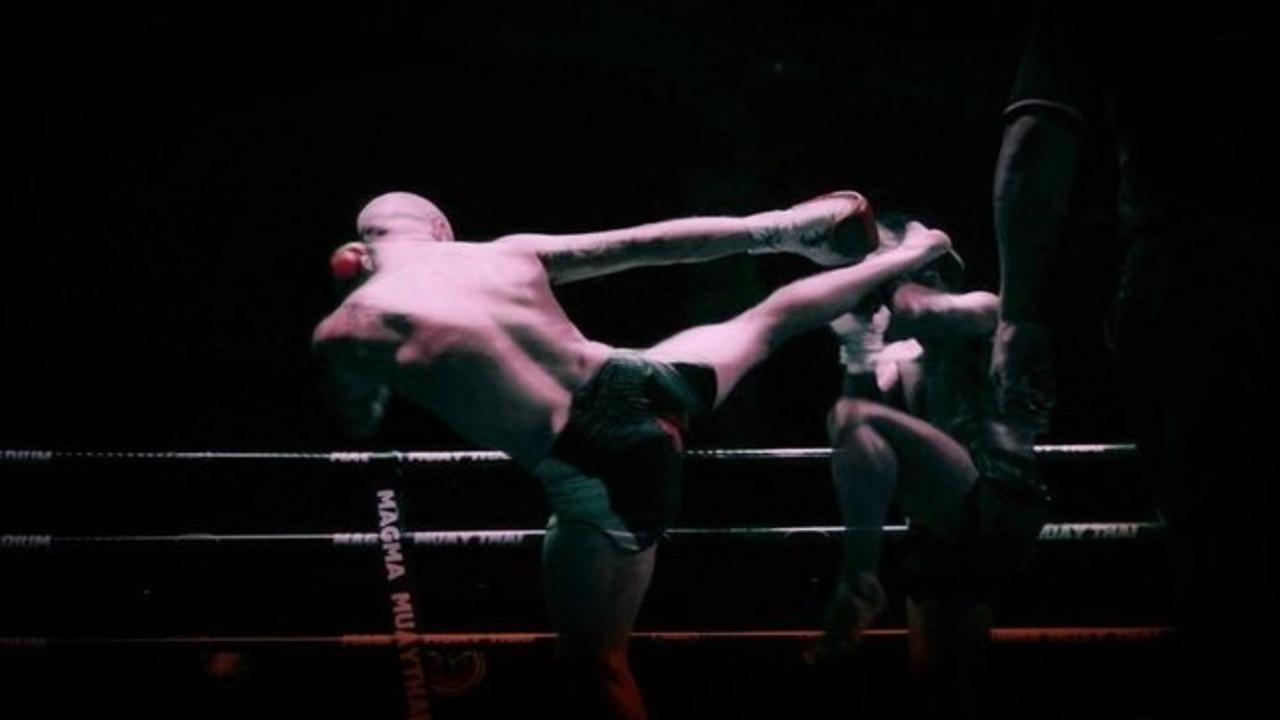
AVOID TIGHT HIPS IN MUAY THAI WITH THESE BRIGHT TIPS
From Muay Thai Guy

With our culture centered around sitting at work, on the computer, or even during our leisure time, it’s very easy to find yourself having tight hips. When you have tight hips, doing many things feel like a chore – going up stairs, stretching, sometimes even walking. In Muay Thai, having tight hips means you…
1) …are not able turn your hip over properly when kicking.
2) …are not able to push your hips to where you want it to during punching, kneeing, and clinching.
3) …probably have bad balance.
4) …can’t generate enough power with your strikes.
There are many ways to increase hip flexibility, though. All it takes is some work, patience – and time.
IMPROVEMENT #1: Pay attention to your posture
How To Throw A Flying Knee In Muay Thai
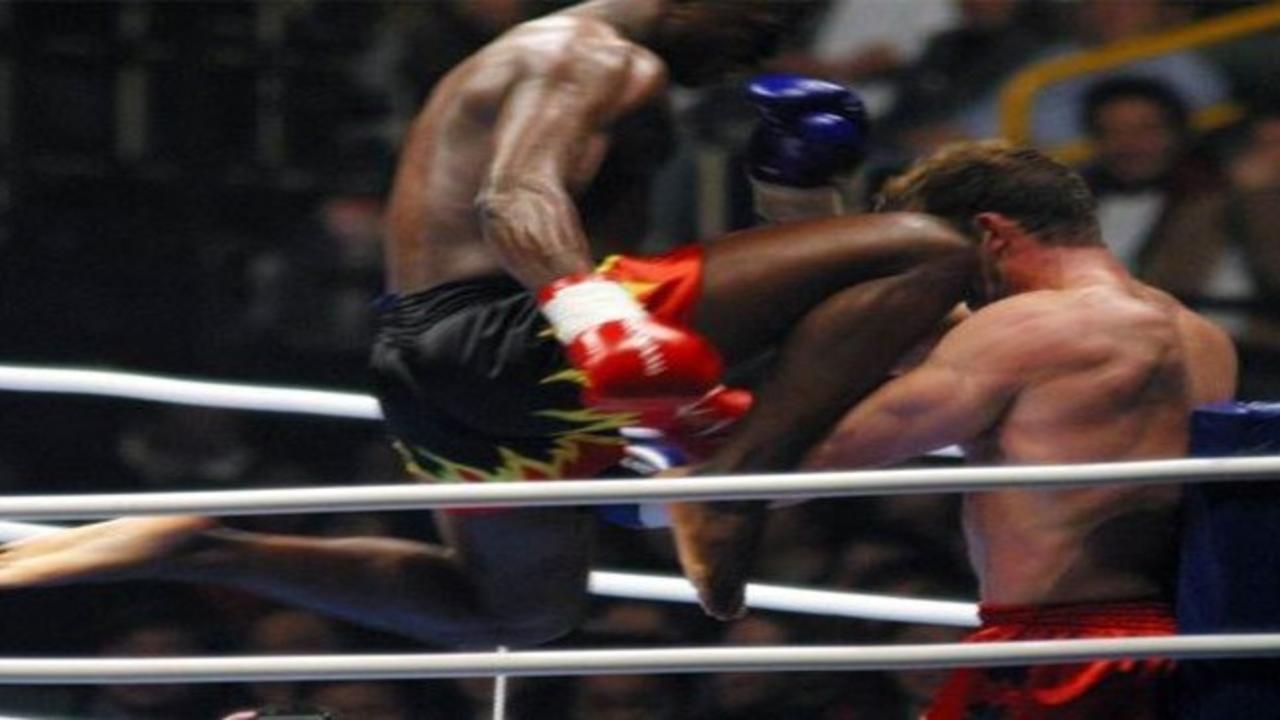
Muay Thai Flying Knee Technique Tutorial and Tips
From Muay Thai Guy

If you were to throw and land an awesome technique like the Muay Thai flying knee, you’ll feel like an official badass.
Although this advanced technique may seem difficult at first, if you break it down into a step-by-step movement, you should be able to throw it comfortably and correctly in just a few training sessions!
Learning how to throw a flying knee is cool and all, but make sure when you are fighting you use it sparingly and cautiously since it does leave you open for counters. Although it’s a great surprise attack that can be used to strike your opponents head or body, it shouldn’t be the only technique you focus on during training and fights. Remember – the basics win fights!
How To Throw a Muay Thai Flying Knee Video Tutorial
Click here and subscribe to my youtube channel for more awesome technique videos
There’s a lot that goes into throwing a flying knee strike, but like I said earlier, if yo...
Muay Femur: The Well-Rounded Assassin

STRENGTH & WEAKNESS OF THE MUAY FEMUR FIGHTER
From Muay Thai Guy

Asian MMA.
Femur (prounounced “fee-meuu”) fighters are the technical fighters every Muay Thai fan thinks of when they think about “beautiful” Muay Thai. These are the fighters that are exciting to watch and you want to emulate their techniques in your own training. Some well-known femur fighters are Saenchai, Sangmanee, Nong-O, Littewada, and Samart.
Femur fighters are slick and have insanely high fight IQ. They have great eyes and use the first round or two to figure out what their opponent’s weaknesses may be. Femur fighters generally look to score, but will go for the knockout if they see it.
The amazing thing about femur fighters is that they’re generally well-rounded – they can use all of their weapons with ease. Once they’ve figured out how to beat their opponent, they seemingly land everything at will.
The reason femur fighters are so exciting to watch is not just their fighting style but how they’re extre...
Training Style Breakdown: Muay Thai, Dutch Kickboxing, & Western Style
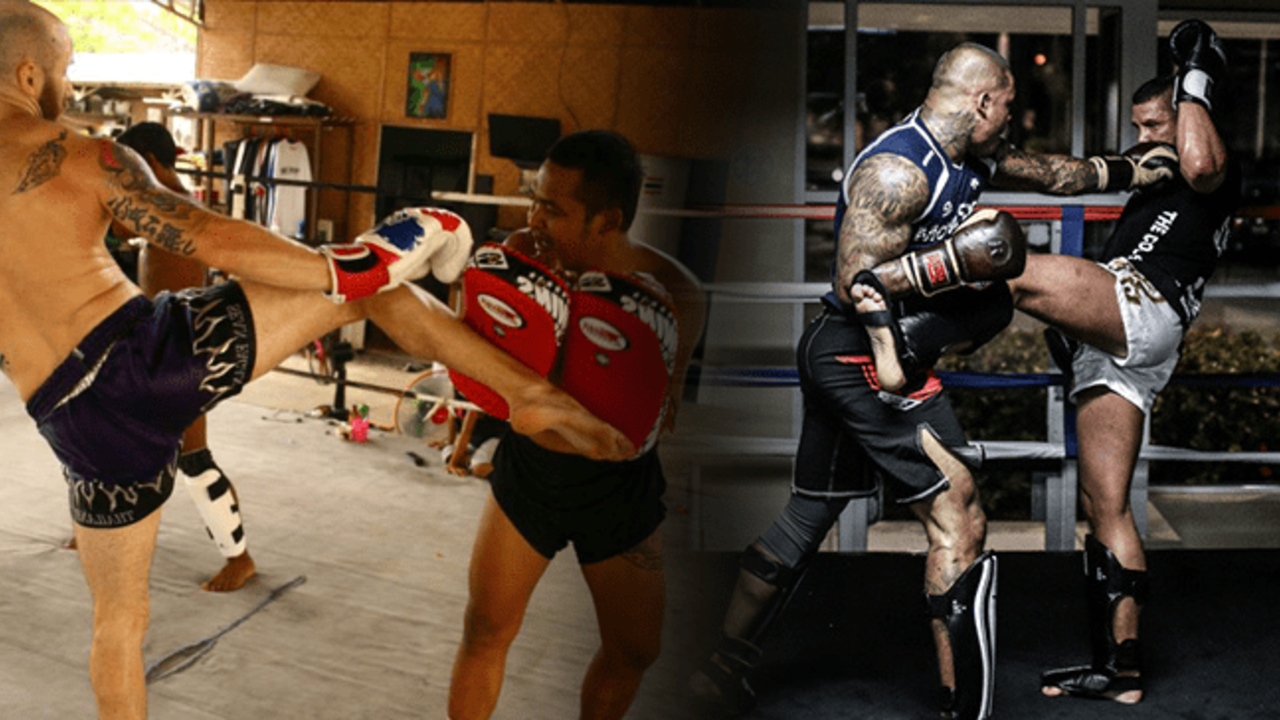
The Muay Thai Guys Podcast – Episode 49
From Muay Thai Guy
What style of training do you prefer?
Are you more about the traditional Muay Thai style where the focus is on pad work and clinching?
Or are you more about the Dutch kickboxing style that revolves around partner and sparring drills for the majority of class?
OR are you a hybrid style that includes Muay Thai, kickboxing, MMA, boxing and other martial arts?
It’s important to know the pros and cons of each style so that you’re able to constantly evolve and improve in all aspects of your fight game. In this weeks podcast episode, Paul and I discuss what our favorite styles of training as well as the benefits of each one.
Here’s a brief rundown of what we talk about in this episode:
Training Style #1 – Muay Thai
This style is obviously the most familiar to the audience. It’s primarily endurance based that involves the strict, structured day to day program of running, shadowboxing, heavy bag work, pad work, sparring, clinc...





